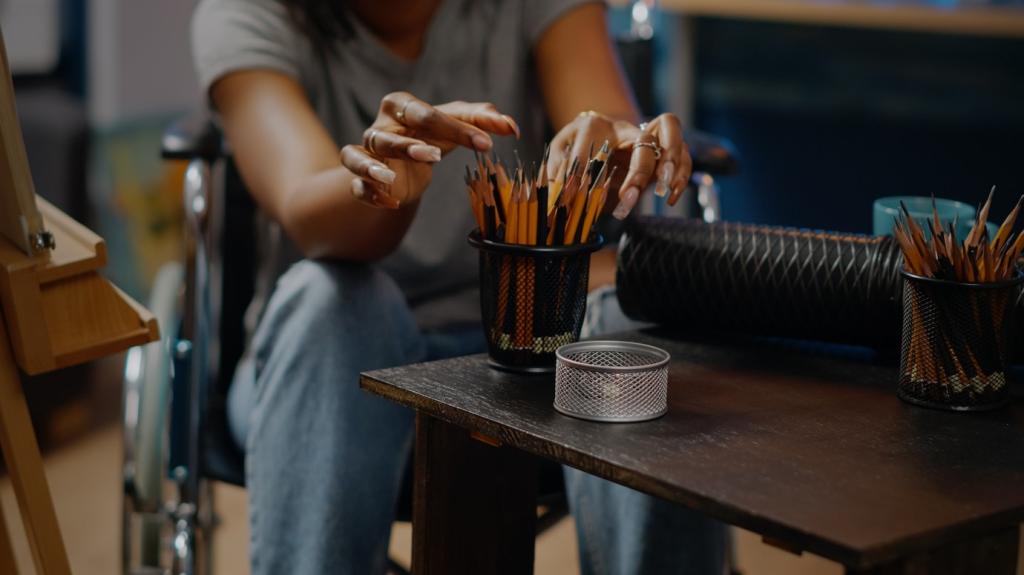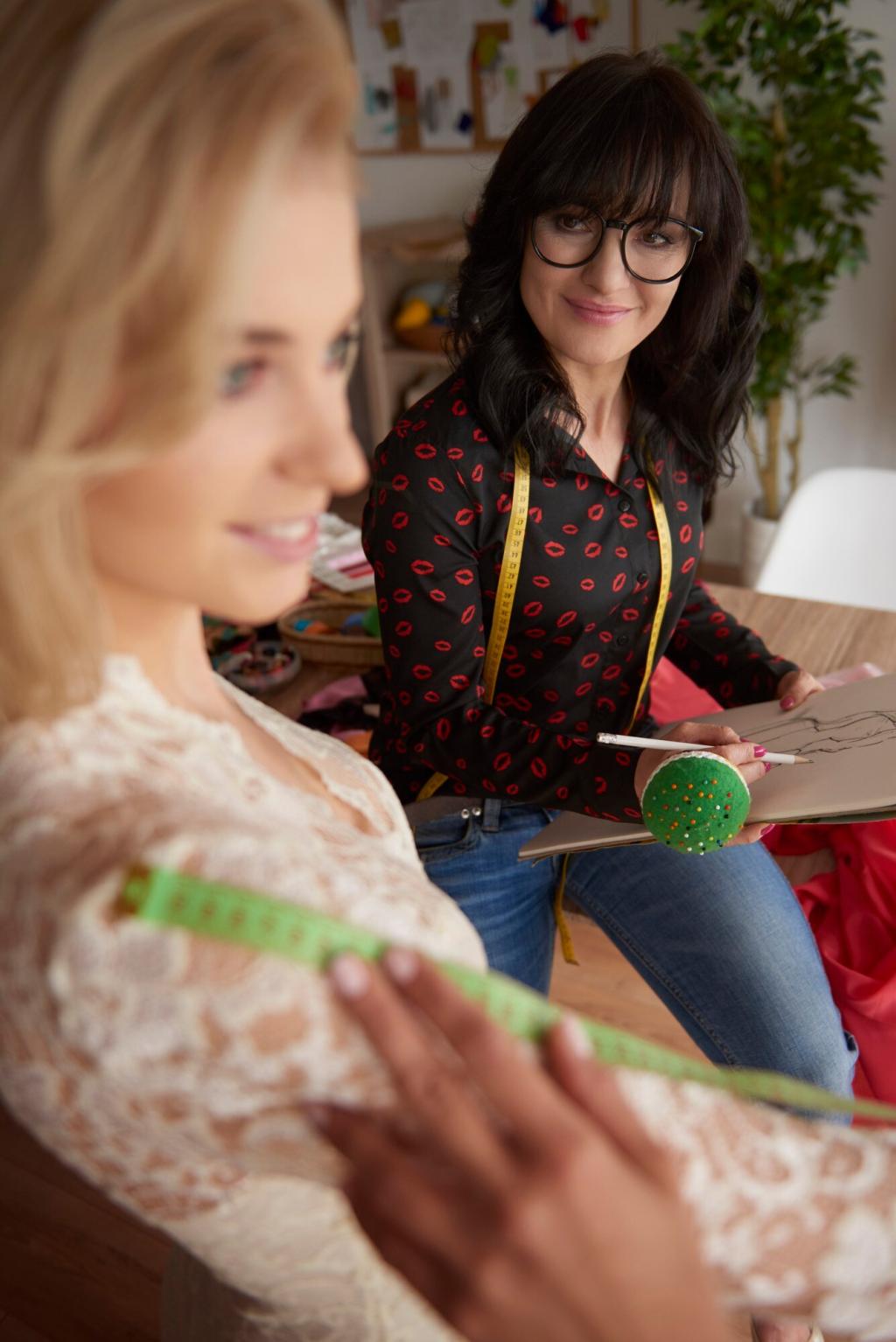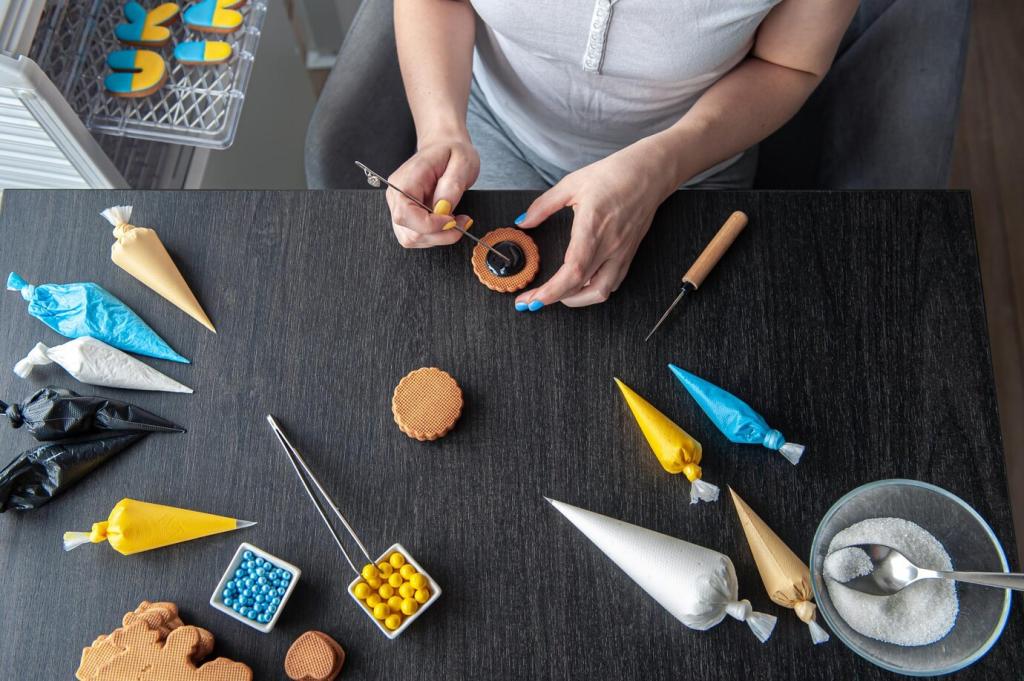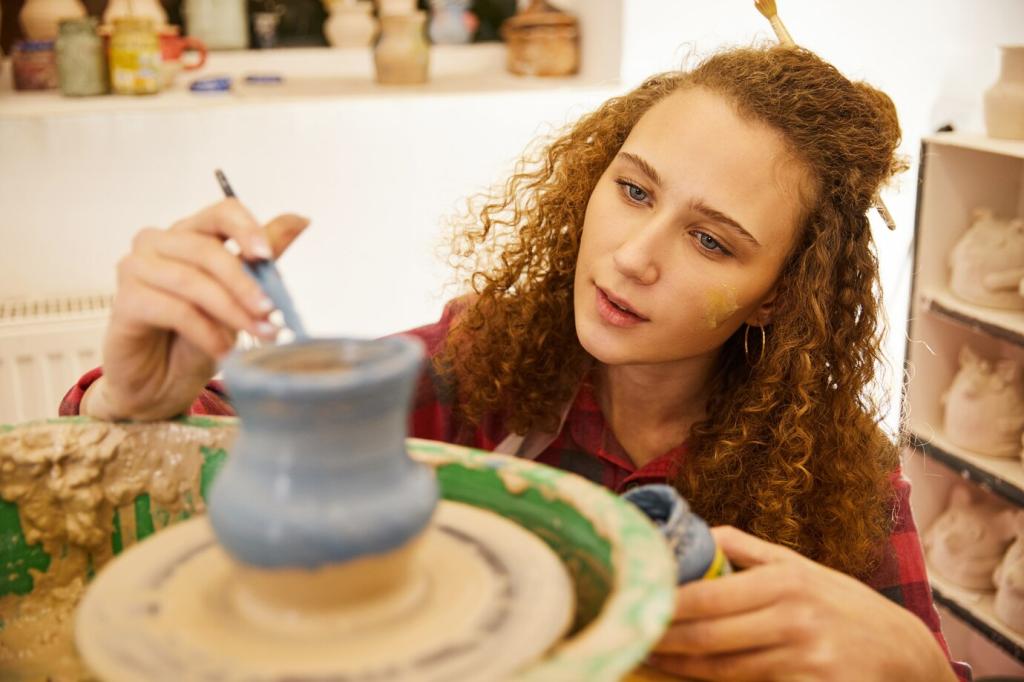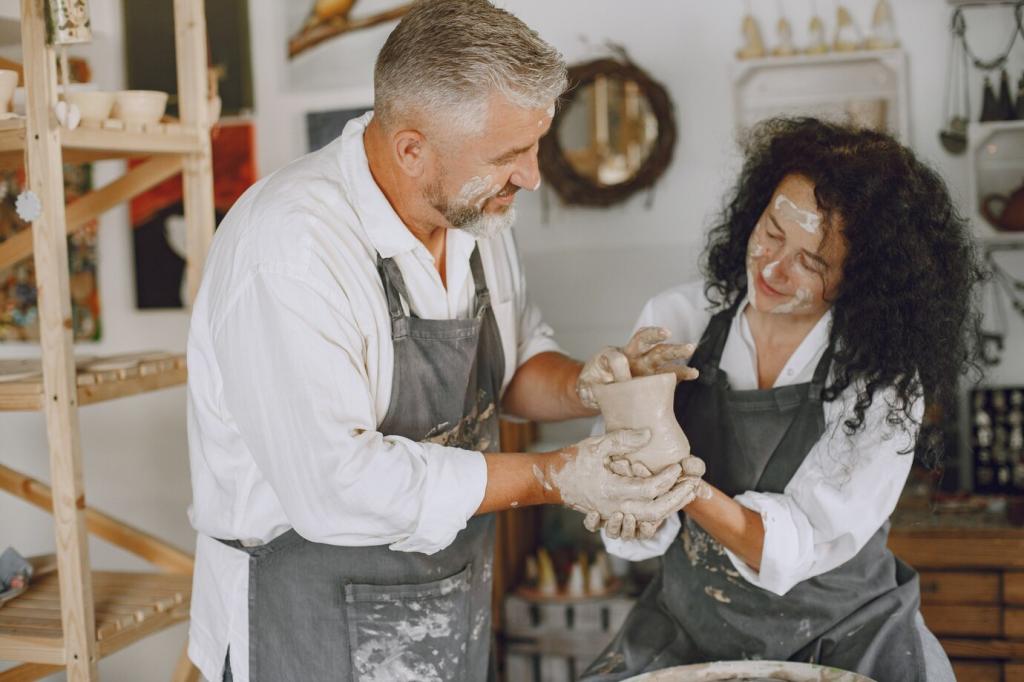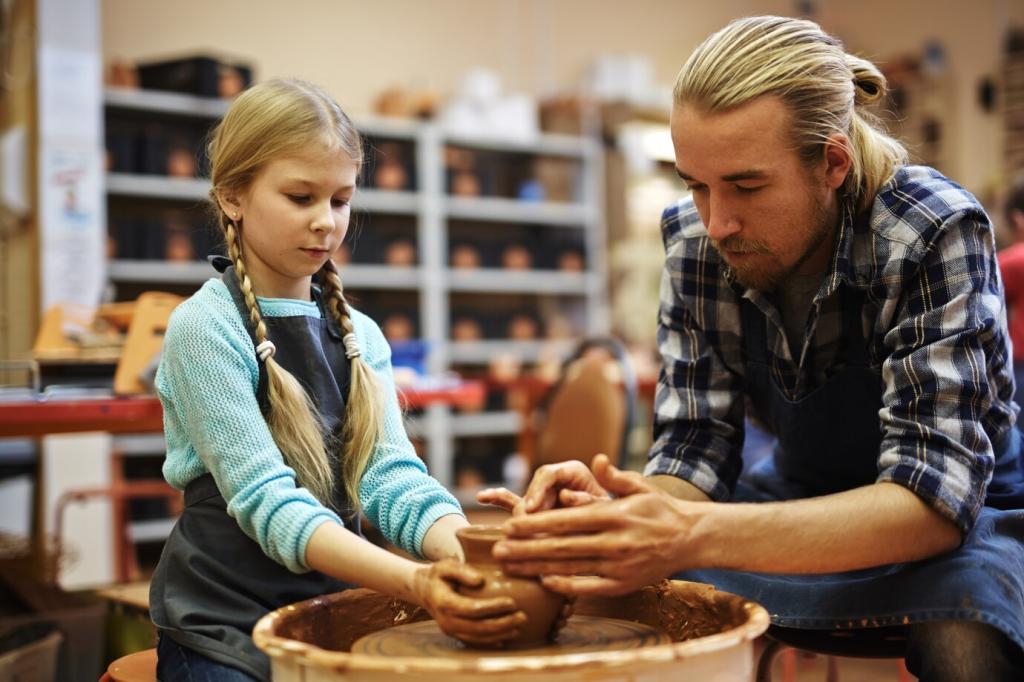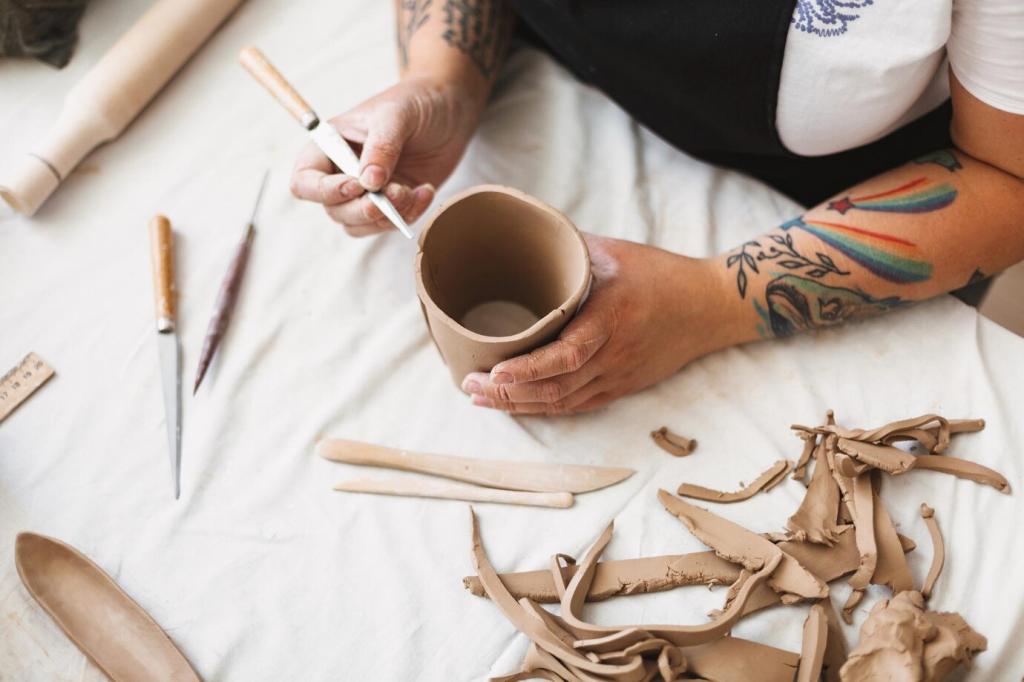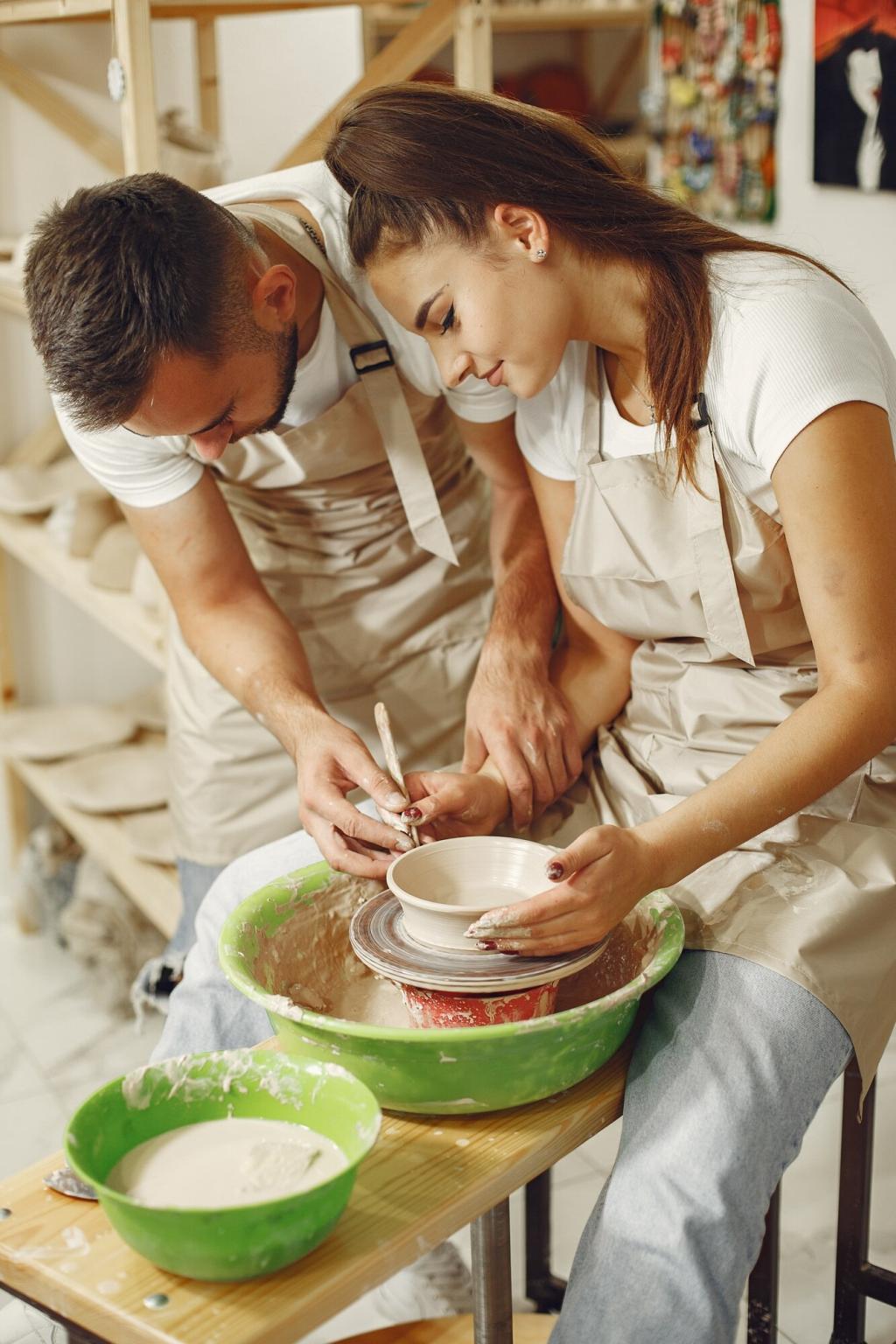Why Crafting with Recycled Materials Matters
Every jar, newspaper, or worn-out T-shirt you reimagine avoids the landfill and saves raw resources. Crafting with recycled materials lowers your footprint, encourages mindful consumption, and turns sustainability into a joyful daily habit rather than a distant, abstract ideal.
Why Crafting with Recycled Materials Matters
When your supplies are limited to what you already have, ingenuity blossoms. Bottlecaps become mosaics, cardboard shapes become sculptures, and threadbare towels become textured art. Constraints invite play, and play invites surprising solutions you might never discover with store-bought supplies.

